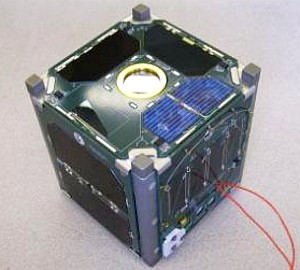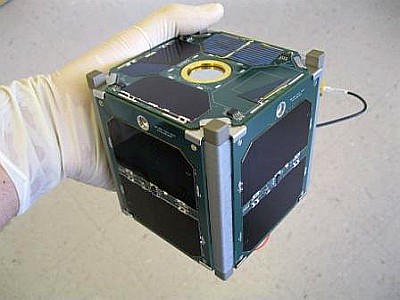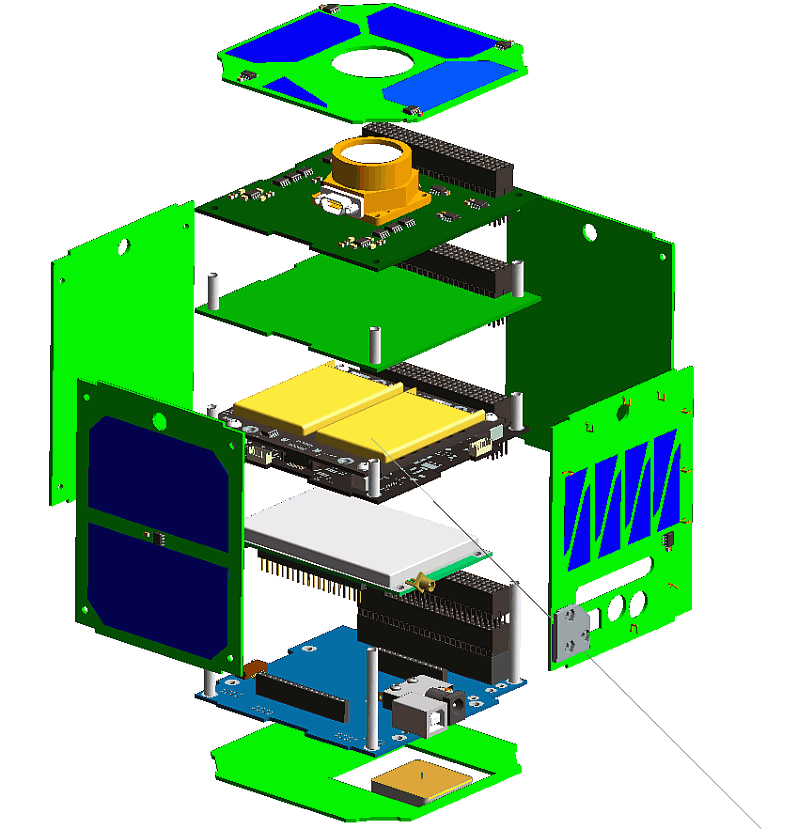Naval Postgraduate School Solar Cell Array Tester

The objective of the NPS-SCAT CubeSat program is to provide a responsive platform to test solar cells in orbit while focusing on the education of NPS students. In addition, the knowledge gained from this CubeSat will be used to further develop the CubeSat program at NPS. The CubeSat development program educates NPS Space Systems military officer and civilian students in the full life cycle of space flight systems with the goal of providing a trained, educated, and experienced cadres of space professionals.
The NPS-SCAT CubeSat takes a single experiment from the NPSAT1 satellite, the Solar Cell Measurement System (SMS), as its payload. This experiment measures the characteristics of a solar cell to gain an understanding of how the experimental solar cells degrade over time due to interactions with the space environment. The supporting subsystems are fulfulled primarily by commercial-off-the-shelf (COTS) components, including the command and data handling subsystem, electrical power subsystem, and the primary communications subsystem.
NASA-Catalog: ?
Beacon
437.525 MHz, 1k2 AFSK AX.25, 5 minute interval
The NPS-SCAT CubeSat will contain two half duplex amateur radio systems, an MHX 2400 (S-Band, 2.4 GHz) and a UHF Transceiver (UHF, 437.525 MHz).
Call
Status
The launch of a Minotaur I rocket for the U.S. Air Force ORS-3 mission is scheduled to occur on November 20, 2013 from Wallops Flight Facility (WFF), Virginia, with a planned launch window from 00:30 – 02:00 UTC. The launch, from ignition to delivery of the satellites in orbit, will take a little less than twelve-and-a-half minutes, with a targeted 500 km circular orbit at an inclination of 40.5 degrees.

Mission
The primary mission for NPS’s Solar Cell Array Tester (NPS-SCAT) CubeSat is to test solar cells. The CubeSat will use a sun sensor to collect data for solar cell characterization.
Telemetry
Links und weitere Informationen
